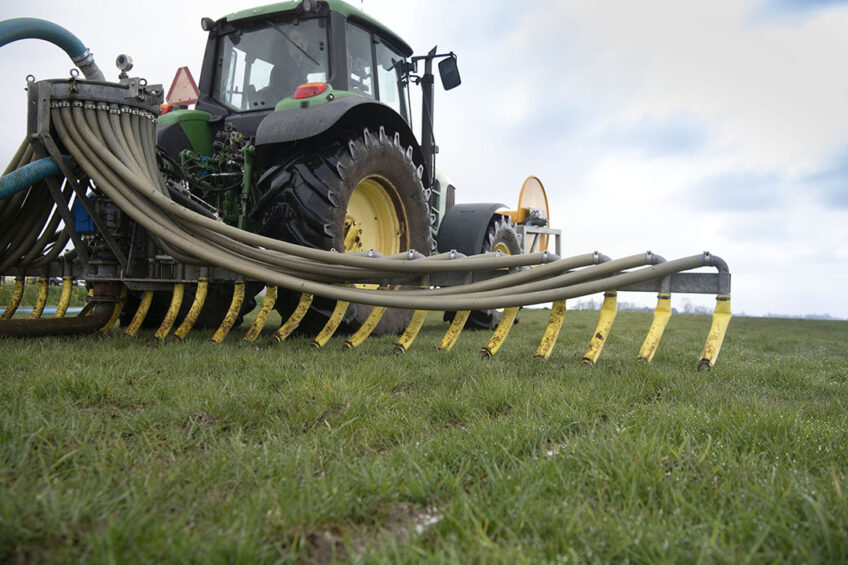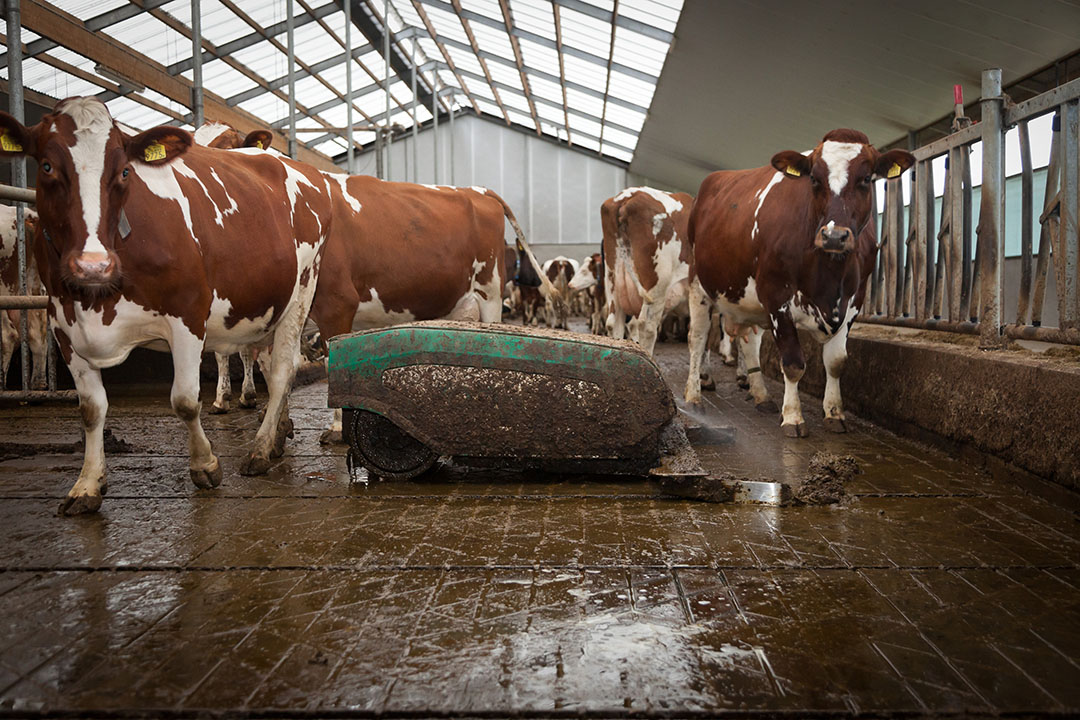Sustainable manure management strategies

Sustainable management of manure has several benefits for the farmer and the general public, if handled correctly. It is a valuable resource, but it is a source that comes with many challenges and public health concerns. However, there are several strategies available to handle animal manure correctly.
Livestock farming intensification provides economic benefits to rural communities; however, it has negative environmental and human health impacts mostly from ineffective manure management. Furthermore, commercial fertilisers have mainly replaced the role of livestock manure as a primary source of nutrients for crop production. Although, the quantity of manure nutrients has increased over time, livestock and crop production has been disintegrated which resulted in a surplus of on-farm nutrients. Thus, manure management has become a challenging area for many livestock producers, and sustainable manure management that balances the production, economic and environmental concerns of manure generation, handling, processing, and end use is essential. Development and implementation of sustainable manure management technologies for livestock farming requires time and resource investment and a strategic approach that often extends beyond the farm gate.
What is sustainable manure management?
Sustainable manure management is described as effective collection, storage, treatment, and application of manure nutrients in crop production to use the potential energy associated with manures and to minimise off-site transport of potential contaminants and environmental pollution. Therefore, selecting an appropriate manure management system is essential to balance food production priorities of large-scale livestock production, and to minimise negative environmental and social consequences.
Environmental and economical benefits
The environmental benefits of sustainable manure management include preventing the negative impacts on air, water, soil, wildlife, and the marine, protecting human health in communities and at waste management facilities, minimising the risks associated with the waste, improving occupational health, reducing greenhouse gas emissions from waste, decreasing litter and odour, and preventing the risks of flood. The economical benefits include increase in business opportunities, contribution to GDP, providing savings to businesses especially in resource extraction and use by waste prevention actions, recovery and recycling activities, achieving economic savings by improvements in human health and the environment, leading to higher productivity, lower medical costs, better environmental quality, and the maintenance of ecosystem services. The social advantages include creating employment including low, medium, and high-skilled jobs, integrating and professionalising employment in the informal sector, delivering more attractive and pleasant human settlements and better social amenity, and encourages changes in community attitudes and behaviours.

Planning is essential
It is essential to have a comprehensive manure management plan that encompass all aspects of manure collection, storage, treatment, and application. In addition, developing modified diets that reduce the amount of nitrogen and phosphorus excreted, providing efficient storage and application technologies, designing land application programmes that optimise yields and minimise nutrient loss, and providing innovative off-farm uses for excess manure are a few strategies for sustainable manure management. Transporting manures to a farm with nutrient deficit for crop production is a direct solution to resolve manure nutrient surplus, to decreases the risk of diffuse pollution, and to lower the potential for nutrient losses directly from storage facilities. Another strategy is to separate soluble inorganic nutrients from slurries using polymeric-ceramic membranes. Furthermore, adding recycled and filtered vegetable oil on top of liquid manure within the barn collection pits decreases odour and ammonia emissions by 50% and adding mineral nutrients and organic by-products to manure improve its end-use value.
Manure management challenges
Application of technology optimises livestock production, improves manure management systems, and protects environment; however, it requires to include extra costs into the prices of animal products for the consumers. In addition, rapid manure removal from the production buildings improves the air quality within the barns and the health of the barn worker, but it is necessary to develop an in-barn manure collection and handling system. Furthermore, there are some limitations to manure relocation including the lack of farms with nutrient deficits in areas with high livestock density, unpleasant odours, disease and pathogen transmission, reluctance of other farmers to bear costs of storing, handling, and applying manures as opposed to commercial fertilisers, and economic competition from other generators of organic nutrients. Moreover, concentrating larger volumes of manure and larger quantities of nutrients at a given location increase the risk of point source pollution.
Factors affecting manure management
Several factors such as manure transportation, anaerobic digestion operating conditions, digestate treatment, storage, transportation, and distribution, and biogas utilisation impact environmental performance of manure handling facilities. Inefficient operating conditions can make anaerobic digestion units the most polluting stage in terms of carbon dioxide, methane, and sulphur dioxide emissions. Decreasing the average distance between biogas plants and farms minimises the negative environmental impacts. Furthermore, it is necessary to properly store digestate in sealed tanks for at least 3 to 6 months before field application to prevent the release of methane and ammonia into the air.
Law and regulations
One of the factors affecting the future of manure management is regulatory compliance with existing international, regional, and national policies and laws and regulations on manure management practices. It is expected that in near future, several countries will promote sustainable manure management practices accompanied with livestock intensification. Food safety and global health concerns in traded food commodities, availability of cheap, efficient, and easy-to-adapt manure management technologies are other key factors in shaping future manure management practices. It is expected that innovations in reduction, reuse and recycling of manure increase in the future.
Cooperation is vital for the future
Manure contamination has negative environmental and public health impacts; thus, sustainable manure management is important for livestock industry. Sustainable manure management requires multiple approaches including nutritional strategies, effective policy, legislation, and regulations, adequate enforcement and compliance, and physical, biological, and chemical manure treatment. Factors including waste supply chain, regional parameters, climatic conditions, technological possibilities, environmental policies, human health, ecological aspects, market price of the product, demand for the final products are essential to make decisions regarding the best manure management practices. Furthermore, cooperation between farmers, governments and private industry are necessary to resolve long-term nutrient imbalances. Finally, further research is required to develop, validate, and optimise systems and processes that reduce manure volumes and nutrients through improved water management inside and outside the production buildings, more efficient use of feed materials by the animals, and separation of the liquid and solid phases of the manure.







